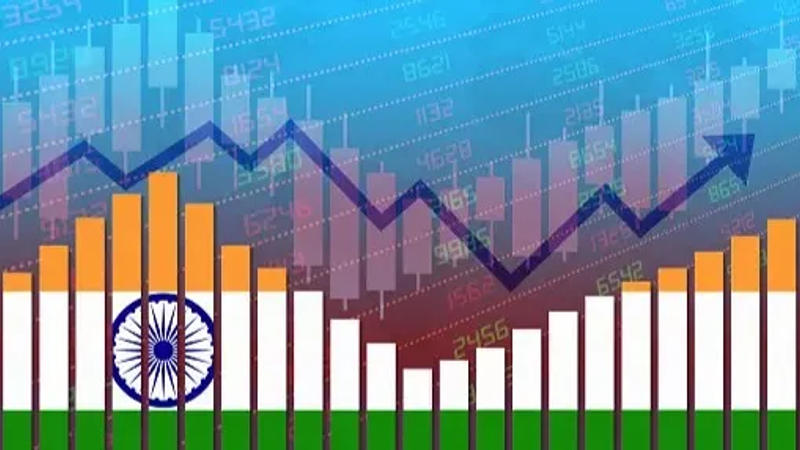Published 13:24 IST, September 3rd 2024
World Bank projects India to grow at 7% in FY25 led by rural demand, agriculture recovery
Further, the country's debt-to-GDP ratio is expected to fall from 83.9% in FY24 to 82% by FY27, indicating further fiscal consolidation.

Indian economy: The World Bank has a GDP growth projection of 7 per cent in FY 2024-25 for India in its latest India Development Update and expects it to retain its position as the fastest-growing major economy. The outlook is consistent with Indian GDP growth of 6.9 percent in FY 2023-24 supported by both external headwinds against the economy as well a robust recovery in the agriculture sector and resilient rural demand. This was reflected in a recent World Bank report entitled "India Development Update: India's Trade Opportunities in a Changing Global Context", which further confirmed the resilience of the Indian economy. . The global context remained subdued. In words, the report said, "The recovery of agriculture-a very important factor-will offset the slight deceleration in industry, while services will continue to be resilient."
The Indian economy grew 8.2 percent during the past fiscal year that ended in March 2018. The manufacturing sector attained a remarkable growth rate of 9.9 percent and, simultaneously, the services sector remained resilient, offsetting the underperformance in the agriculture sector.
Rural Demand and Agriculture Recovery
The spurt in rural private consumption is likely to recover in FY25, the World Bank report estimates, underpinning the probable recovery of the agricultural sector. This also becomes a factor especially important for India, as the rural economy has played a very vital role in overall economic health.
Economic Outlook
Going forward, the World Bank sees India's medium-term growth outlook remaining positive. The economy is projected to grow 7 per cent in FY25 and continue its strong pace through FY26 and FY27. Further, the country's debt-to-GDP ratio is expected to fall from 83.9 per cent in FY24 to 82 per cent by FY27, indicating further fiscal consolidation.
Trade and Global Value Chains
It is believed, therefore, by the World Bank that trade holds a great promise of improving India's economic growth. The report states that new trends in global trade-particularly greater protectionism and the restructuring of global value chains since the pandemic-have created new opportunities for India. While India has become more competitive-once again, consider the National Logistics Policy and further digitisation-the report warns that trade-related investments may still be hindered by an increasing number of tariffs and non-tariff barriers.
The World Bank recommended a three-pronged approach-reducing trade costs, lowering trade barriers, and deepening trade integration-for India to achieve the ambitious target of $1 trillion in merchandise exports by 2030.
"The report has pointed out that there is a scope for diversifying India's export basket by giving a fillip to the country's exports in textiles, apparels, footwear, electronics, and green technology products. India's strong growth prospects, combined with a decline in inflation, will go a long way in reducing abject poverty," said Auguste Tano Kouame, Country Director of the World Bank in India. He also mentioned that acceleration of India's growth could further be achieved through realisation of its global trade potential in the IT sector, business services, and pharmaceuticals, among other fields.
Senior Economists and co-authors of the report, Nora Dihel and Ran Li, stressed that India needs to be more deeply integrated into global value chains. "This will not only create more trade-related jobs but also open avenues for innovation and productivity growth," they observed.
Updated 13:24 IST, September 3rd 2024